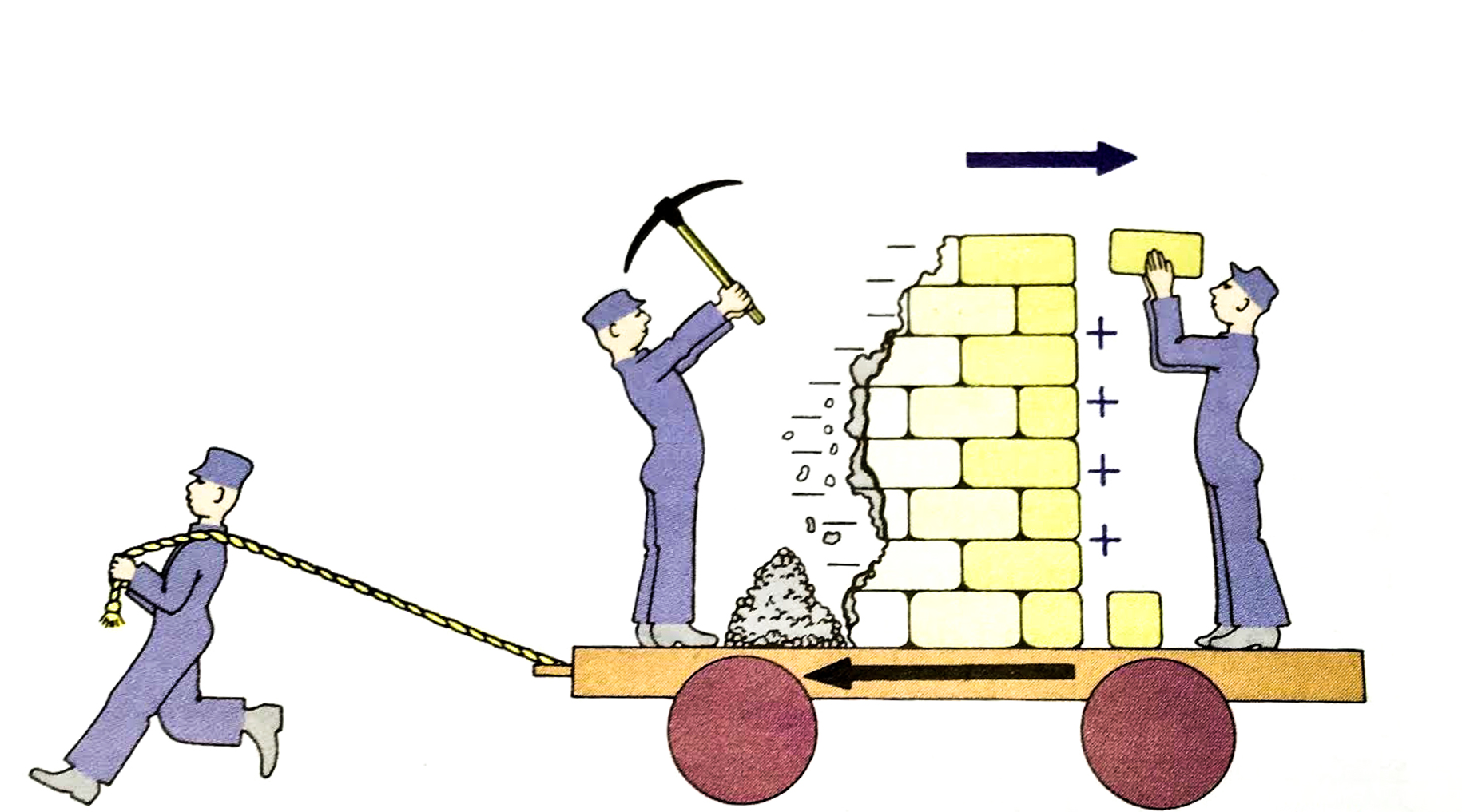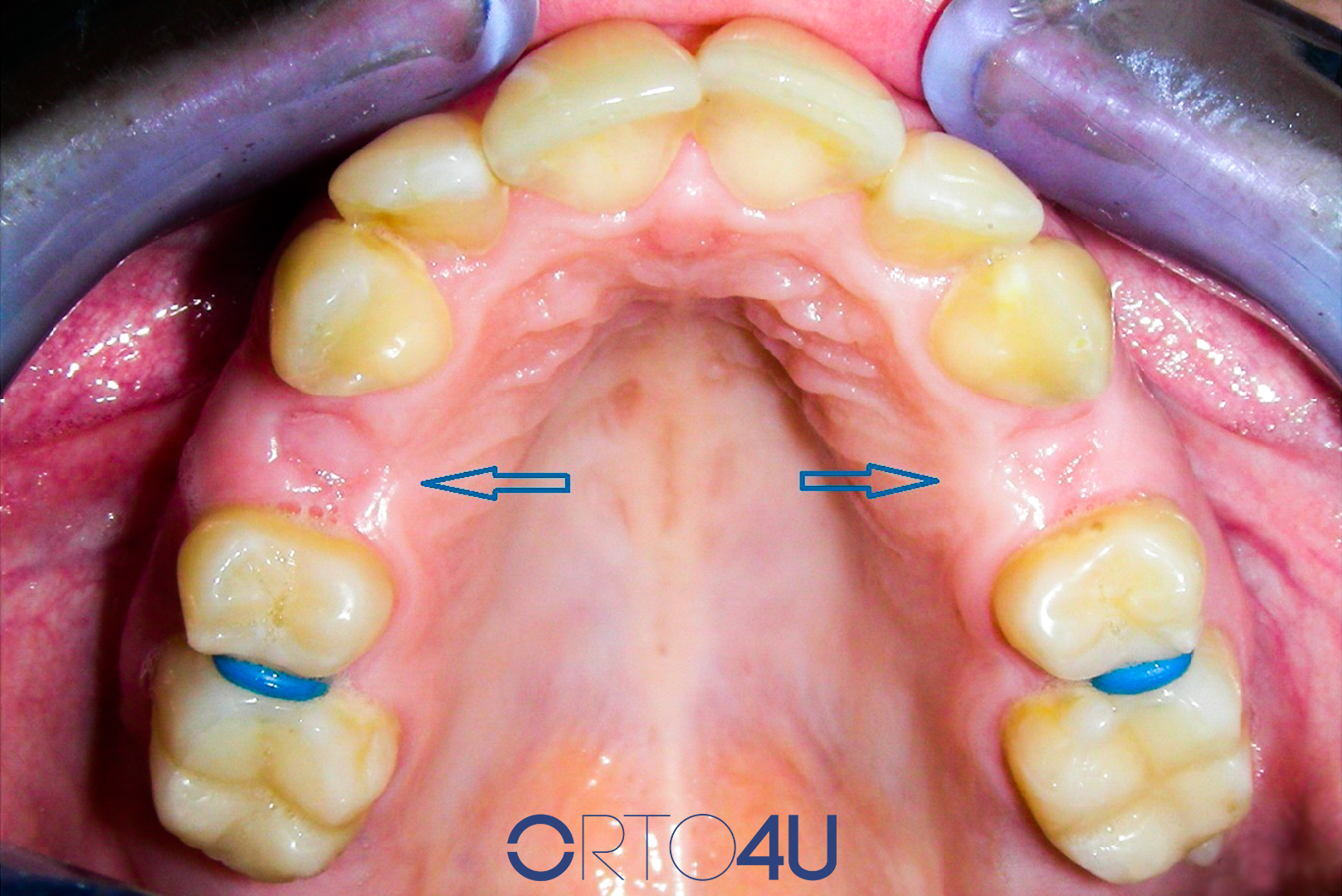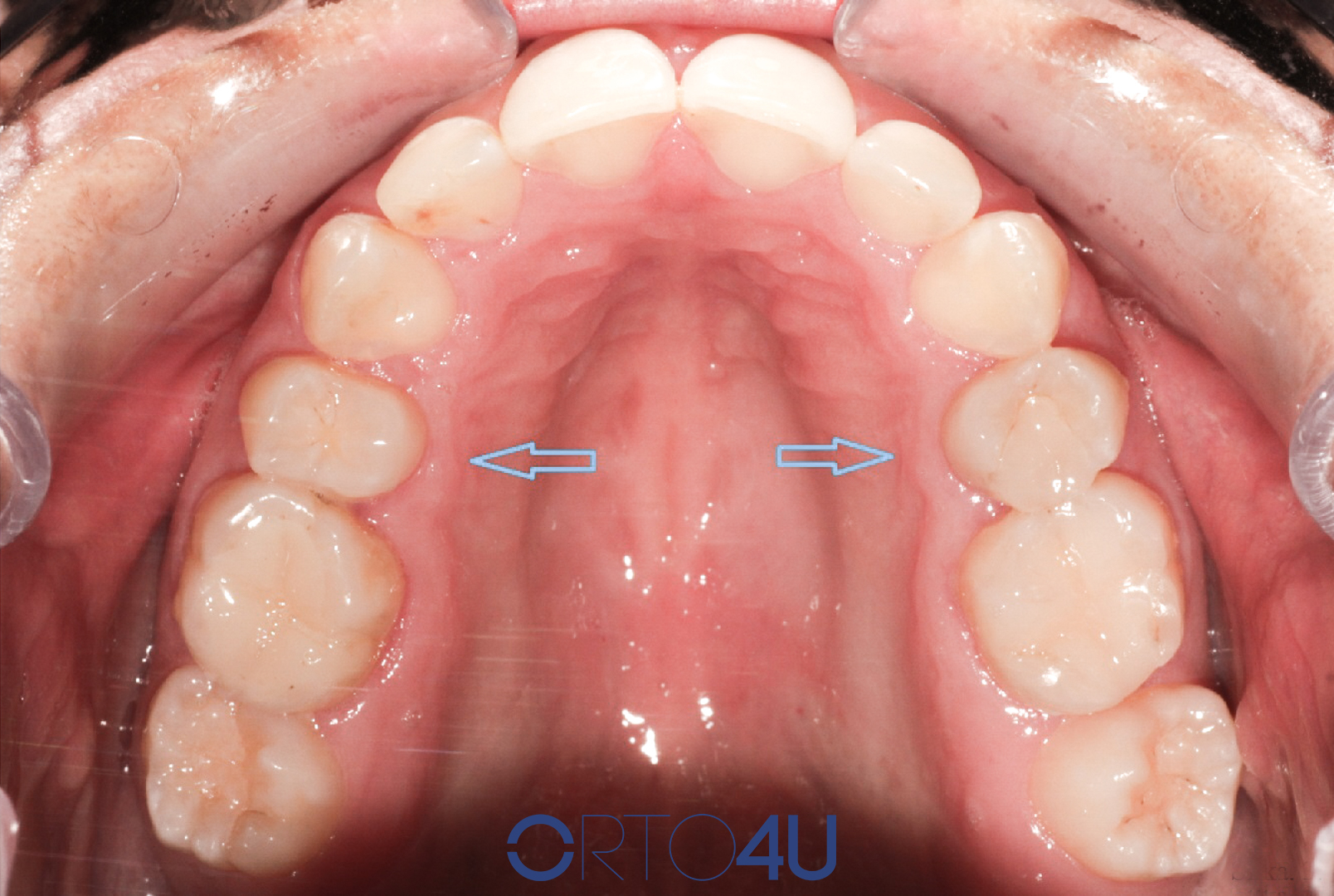Patients often ask us how do the teeth move through the bone?
Will there be a gap in the jaws when removing the teeth for orthodontic reasons? The answers to these questions can be found in the short text we have prepared for you.
The teeth are constantly moving throughout the life due to the bone tissue's ability to adapt and respond to various influences from the external and internal environment. Movement of the teeth during the orthodontic therapy is based on the effect of mechanical force transmitted through the crowns of the teeth to the bone tissue of the jaws.
Bone tissue responds to the pressure by remodeling processes in two ways (Picture 1).
- In the places where pressure force acts, the bone tissue decomposes, thus creating a space in the bone for moving the teeth.
- In places where the pulling force acts, new bone tissue is created so the tooth remains firmly in the bone.
The processes of resorption and apposition of the bone tissue are dynamic processes that are temporally and spatially harmonized.

Picture 1 shows the process resorption and the formation of the new bone.
After tooth extraction, the space that is created, the so-called the "extraction space" (picture 2) is being adequately closed by moving the neighbouring tooth through the bone based on the principle of bone decomposition and formation
In the pictures 2 and 3 a clinical case is presented – the beginning (picture 2) and the end (picture 3) – of the orthodontic therapies with the patient whose both first upper premolars were removed.

Picture 2 shows the "extraction spaces" after the removal of the first upper premolars (the beginning of the orthodontic therapy).

Picture 3 shows the upper jaw after completion of the orthodontic therapy with closed extraction spaces.
More "before and after" views of ORTO4U patients can be found within the CASE REPORT section.
Price for fixed prosthesis in 6 monthly installments - without interest




